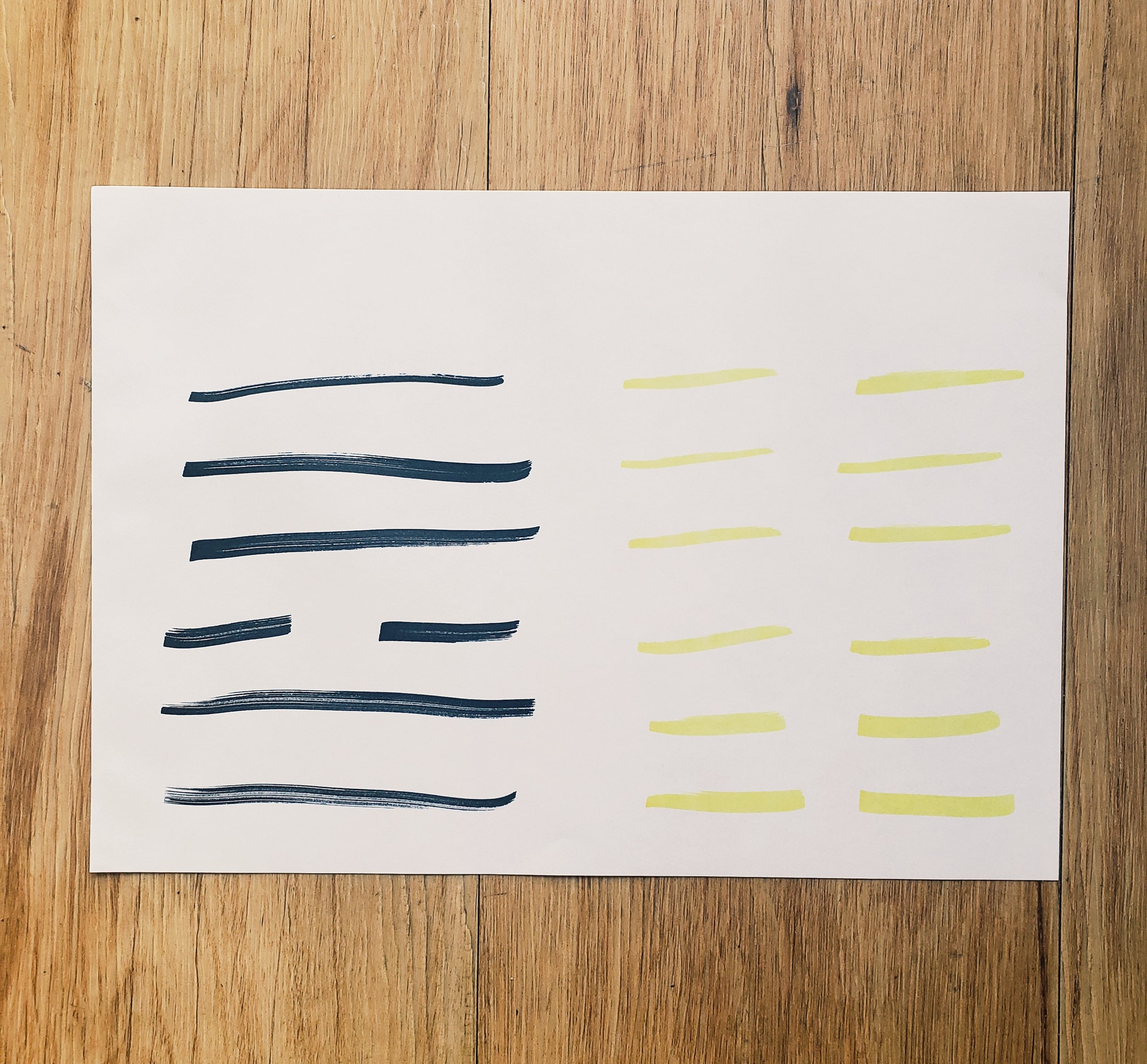The I Ching/Yi Jing is a 3000 year old Chinese classic, and it's most popular for being used as an oracle you can practice divination with. i.e. You can ask a question and get an answer from it.
Since it’s often difficult for beginners to understand ‘how it works’, I wanted to provide as simple of an explanation as I possibly can. If I’ve failed at helping you understand, you have my apologies.
The Basics/The Building Blocks
There's eight trigrams.
These are relevant because they each relate to different elements, and can represent different aspects of life.
You have the name trigram because it's comprised of three lines, either broken, or solid.
A broken line represents yin energy. This is associated with the feminine energy, but you can also associate it with the right brain (in my opinion).
A solid line represents yang energy. This is associated with the masculine energy, but you can also associate it with the left brain (in my opinion).
When you put two trigrams together they create a hexagram.
The 64 Hexagrams (And Their Lines)
There are 64 hexagrams in the I Ching, which represent a certain theme or aspect of human life (though animal imagery is often used in the texts that describe them).
Each of the 64 hexagrams (because they're comprised of six lines from the two trigrams) have six aspects of that one hexagram's meaning.
For example: Hexagram 52 can be called "Stilling." Each of its six lines talk about a different aspect, or experience of being still, or stillness.
If you're familiar with Tarot cards, imagine if each one had six other cards riffing off of the meaning of it. Like a story told through six lines, advancing the story of The Wheel of Fortune card.
The Readings
(You don't necessarily need to know how to conduct a reading to understand the readings I provide in the form of horoscopes and services. If you really want to start doing your own readings, please see the 'Strategic Divination' post linked to below in the Further Reading section for a more thorough look at the ‘how to’ of it all.)
Doing a reading doesn't guarantee that you'll get one of these lines. If you're throwing three pennies, six times, and you don't get three tails, or three heads, you have just that hexagram. So, just Hexagram 52, and the lines contained within it would not be relevant to your answer.
When you do get three tails, or three heads, it means that ("changing") line is relevant to your answer. So if it's your second time throwing those three pennies, and you get three tails, that second line of the hexagram is part of your answer.
And when you have at least one changing line, it produces a second hexagram of those 64, which you can call the relating hexagram (which can tell you the context of the answer).
The relating hexagram is like the wall upon which you place the painting created by those changing lines in that hexagram. It's the backdrop.
With the potential of having up to six changing lines, or just an unchanging hexagram, your question can be answered with a lot, or a little.
It's kind of like asking a question and at times being given a Celtic Cross as an answer, even if you didn't ask for that amount of detail.
You don't control whether you get a changing line, or an unchanging hexagram. You get the answer your question requires, in the detail, or simplicity that it requires, simply by throwing those coins.
Why I Love It
The I Ching is the perfect form of divination for those that like words.
No matter the translation (which can have quite a bit of variation in word choice, and phrasing) you're likely going to be in the same ballpark when interpreting a reading.
If you look at Tarot card meanings you can find keyword after keyword associated with each card, because it represents an image without words.
So, I find the I Ching to be a lot more "simple."
Another thing to appreciate about the oracle is that it tells you "Misfortune" or "Good Fortune," and other pretty clear-cut statements about how you should take what you're reading.
While the texts for some lines can sound frightening, and can exaggerate the consequences you'll face at times, it's an easy way to know whether you're on the right track, or whether something is 'good' or 'bad', 'wanted' or 'unwanted'.
But I also have to remind you that our imaginings of how a reading will play out as real life happens often don't entirely line up with the results we do receive.
Look to a reading for the shape, or the overview, rather than the actual shade of color that will be put on to that shape.
You might see the outline of a werewolf in your reading, and come to find out it only scratched you, rather than devoured you, when it's all said and done.
Further Reading
If you think you understand the basics, and what to learn some more advanced things about the I Ching, I'd recommend my 'Strategic Divination' post.
In it, you can learn about how to read, research, and interpret your readings, if you do want to give it a shot yourself.
For a free translation of the I Ching, you can find James Legge’s here.
And if you don't want to do these readings by yourself, you can always check out my horoscopes, which I release daily, and monthly.
